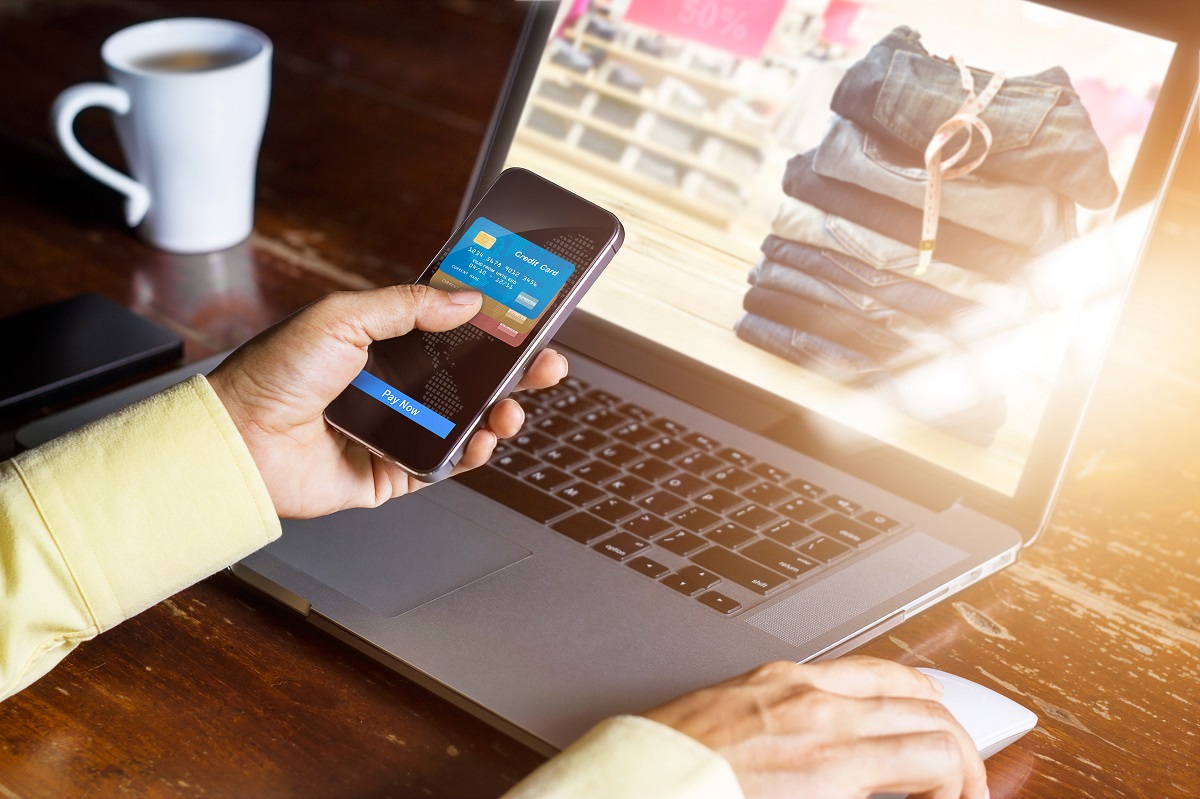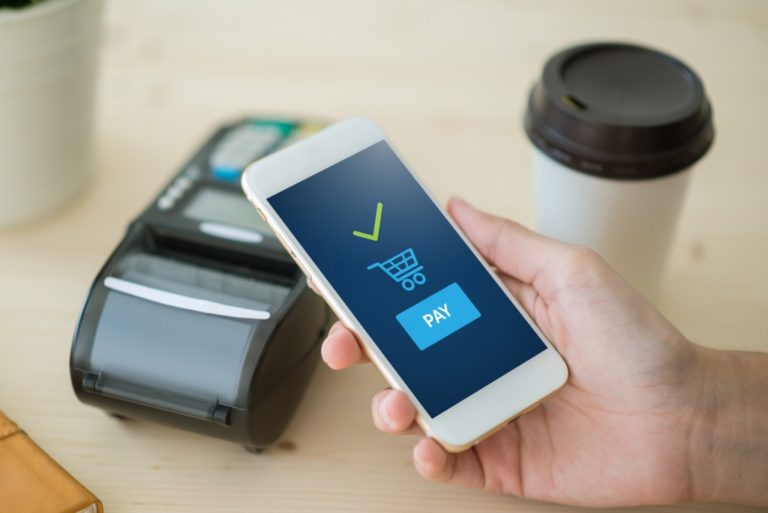So how did your most recent buyer of modern bathroom tiles pay? Cash? Credit card? If your retail store is still using these two methods as your primary payment systems, you might want to learn the current trends in paying for purchases. Digital technology is rapidly being integrated into the point of sales (POS) system. Is your business ready to embrace a mobile payment system?
Cash-less and Plastic-less
Cash remained supreme for a time. In the 1950s, Diner’s Club invented the first credit card. For decades, this method of payment would rule the American and world market.
With the world going digital, new modes of payment are replacing cash and credit cards. At the heart of this significant shift is the smartphone. Do you know that in China, most consumers are no longer paying in cash or credit card?
Mobile payment has become the norm in China. In 2011, 96.5% of consumers used non-mobile payments, and only 3.5% used mobile payments. In 2018, 83% were using mobile payments, while non-mobile payments dropped to just 17%. That is a rapid shift in only six years.
In contrast, America has remained very traditional, with 80% and 79% of consumers still paying via credit card and cash, respectively. Apple Pay, America’s version of WeChat Pay and Alipay, has a mere 9% of the market.
Prepare to Go Digital

Compared to China, India, and other parts of the Asia-Pacific, mobile payment hasn’t captivated America. Many Americans still feel that pulling out and swiping a credit card is easier than taking out their phones. But consumer behavior changes rapidly, particularly with the increased dependence on digital and mobile technology. Apple Pay’s 9% today might increase soon.
- Who benefits? Hardware stores, clothing accessories, and other brick-and-mortar stores are likely the ones to obtain the best value for having a mobile payment system. Customers are always looking for speed, ease, and convenience when shopping. Mobile payment transaction speeds up a customer’s time at the cash register.
- Image is everything. Displaying those QR-code stands near your POS is a notice to your customers how “lit” your store is for using digital technology in your business. This tends to attract young customers, especially Gen-Zers and millennials. They shop online a lot, but 40% of them still prefer the in-store experience.
- Fed announcement. The Federal Reserve is pushing for a project that allows “real-time payments system.” The project is anticipated to start in 2024 and will make transfers of funds immediately and seamlessly through the mobile payment system. This means that the system can connect directly to the customer’s bank account in real-time. It might also target consumers who are averse to credit, don’t want to bring cash, and want to pay in real-time.
- Hardware upgrade. Prepare to shoulder some costs when you finally buy into the mobile payment system. You need to have NFC-enabled terminals to process Apple Pay or Android Pay, for example. You might need to change the hardware for your POS system.
If what’s happening in China is an indicator of the speed of transition to mobile payment, and while adoption in America is much slower, it is increasing every year. You should understand the basics and prepare for the development this early.





